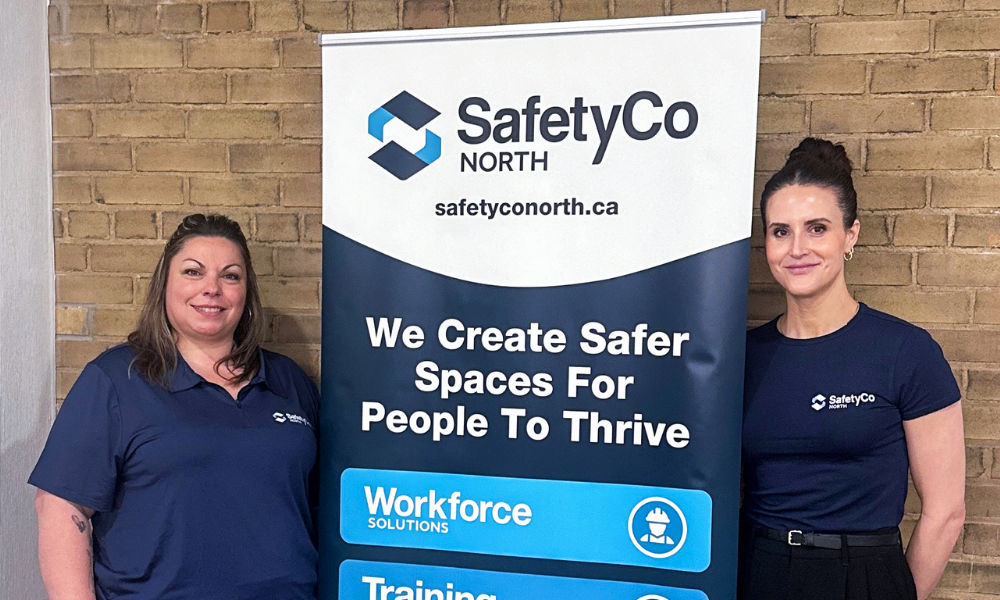Why knowing your audiences preferred style is key to creating change

At the recent Health and Safety Professionals Canada Professional Development Conference in Edmonton, Dylan Short, managing director of the Redlands Group, captivated attendees with his presentation on leveraging communication styles to influence without authority. Short's expertise in health, safety, and risk management provided valuable insights into how professionals can enhance their influence by understanding and utilizing different communication styles.
Understanding communication styles
Short began his presentation by emphasizing the importance of recognizing and adapting to various communication styles within an organization. "Our job as health and safety professionals is to create change," he stated. "Fundamentally, everything that we do is about creating change.” He highlighted five primary communication styles as outlined by Harvard Business Review: rationalizing, asserting, negotiating, inspiring, and bridging.
- Rationalizing: This style uses facts, logic, and reasoning to present ideas. It is common among compliance managers, engineers, and hygienists. "It's about leveraging facts and logic expertise to persuade others to your point of view," Short explained.
- Asserting: Individuals who use this style rely on confidence, rules, and authority. They often challenge others and debate ideas openly. "These are individuals who are a lawyer, a judge, an opposition leader—people who love the debate, not necessarily the outcome," Short noted.
- Negotiating: This style focuses on compromises and concessions to reach an outcome. Negotiators are often ambassadors, brokers, or arbitrators. "It's about making trade-offs and ensuring the larger interest is taken care of," he said.
- Inspiring: Inspiring leaders use stories and visionary appeals to motivate others. "These are big picture people," Short said, referencing iconic figures like Nelson Mandela and Martin Luther King Jr..
- Bridging: Bridgers connect people and build coalitions. "This is very much a people-focused individual," Short explained, citing historical figures like George Brown and Mother Teresa as examples.
Leveraging communication styles for influence
One of the key takeaways from Short's presentation was the need to tailor communication to the audience. "The important portion of communication has not a lot to do with the communicator. The communicator needs to understand your audience and their ability to listen to hear your message," he said. This understanding allows professionals to present their ideas in a way that resonates with different stakeholders, increasing the likelihood of successful influence.
During the Q&A session, a pertinent question was raised about dealing with diverse communication styles when speaking to a large group of workers or even a smaller group like a board of directors. So how do you ensure that everyone gets the message? Short says you don’t. Instead, focus on who they key decision-makers are within the group, and leverage the communication style that appeals to those decision-makers.
“Find who those key decision-makers are in your conversations, understand their style...exceptional leaders can get through that all on their own. But there are very few exceptional listeners who are leaders in organizations."
Short left the audience with a powerful reminder: "If you want to stand out, don't be different, be outstanding." By understanding and leveraging various communication styles, health and safety professionals can enhance their influence, drive change, and ultimately, excel in their roles.





